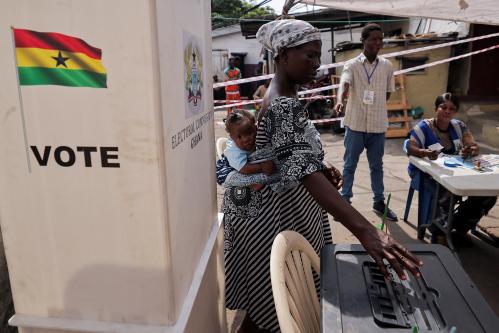Abstract
In 2006, natural gas issues in Europe shifted from relative unanimity to political dynamite. Central to European thinking on energy policy has been the notion that liberalization and further integration of markets will enhance energy security, drive down costs, and, in combination with other policies, increase sustainability. For a majority of the EU this approach arguably has already delivered in terms of energy security, though in the current climate of geopolitical rhetoric many analysts and politicians give another impression. The reality is that in 2015 energy security and single source dependence are still problematic for only a handful of Member States where – as explained in this policy analysis – market power abuse and arbitrary pricing are rife. In this context the concept of the Energy Union provides an opportunity to address single source dependence once and for all, and increase gas security throughout the EU. This analysis explores the challenge of completing the EU internal market for natural gas and the role that the Energy Union is expected to play in this process.
1 Introduction
The EU debate about energy security overwhelmingly focuses on natural gas, almost exclusively that from Russia. It is worth keeping in mind that this debate primarily concerns a number of Member States in central and eastern Europe. In the majority of EU Member States dependence on Russian gas has never been a valid concern, either because the market share of one source was not prominent or because there was sufficient access to alternative supplies. However, in Member States in central and eastern Europe it has been a real issue, and unfortunately national governments in those Member States on aggregate have done too little to address the problem. Fortunately, in recent years, and in particular since 2009, we have seen substantial improvements, and there is currently only a handful of Member States where single source dependence on a natural gas supplier is still an issue. Further completion of the internal gas market is complicated. Because of the small size of some national markets, there has been limited interest on the part of the private sector to invest. In addition, the EC has a limited mandate and insufficient financial means to support Member States (and this limited room for manoeuvre is maintained because of disagreement between Member States on how to address the problem). Finally, there is insufficient cooperation between the relevant Member States. What adds to these structural complexities is that gas demand in general has been in steady decline throughout the EU.The Energy Union offers an excellent opportunity to complete the internal gas market, though some critics query whether, as gas demand in the EU continues to dwindle, substantial investments in gas infrastructure should be made.[1] In this analysis, the argument is made that investments are indeed worthwhile for two main reasons. First, it is assumed that in the near future natural gas can be expected to face fierce competition for power generation from cheap coal and subsidized renewables and increased efficiency will continue to drive down demand, but that in due time Europe will get its carbon regime working. In addition, natural gas is used on a significant scale for heating and cooking, and in various industrial processes. Given that natural gas is a relatively clean fossil fuel and is abundantly available, it is expected that it will continue to play an important long-term role in the EU’s energy mix. Second, even though the problem of dependence on Russian natural gas is exaggerated in most cases in the EU, in a number of Member States single source dependence is an issue that has to be addressed. Targeted investments in infrastructure along with resolution of regulatory flaws can help address that issue. This analysis will give a brief history of EU market liberalization, infrastructure development, and regulation. In addition, the document will showcase several recent examples where investments made by Member States, sometimes with support from the EU, have reduced the likelihood of market power abuse by increasing that country’s access to alternative sources of supply. The document gives an overview of where the existing bottlenecks in natural gas infrastructure are, and where single source dependence prevails. It then describes policy proposals in the Energy Union addressing these problems. The paper then ends with brief conclusions of how the Energy Union could–and should–help address the remaining bottlenecks in the EU gas system.
This article was originally published by the Swedish Institute for European Policy Studies in the November issue of European Policy Analysis.
[1] http://www.energypost.eu/europes-gas-demand-falling-doesnt-anybody-notice/.
The Brookings Institution is committed to quality, independence, and impact.
We are supported by a diverse array of funders. In line with our values and policies, each Brookings publication represents the sole views of its author(s).



Commentary
The challenge of completing the EU internal market for natural gas
November 24, 2015